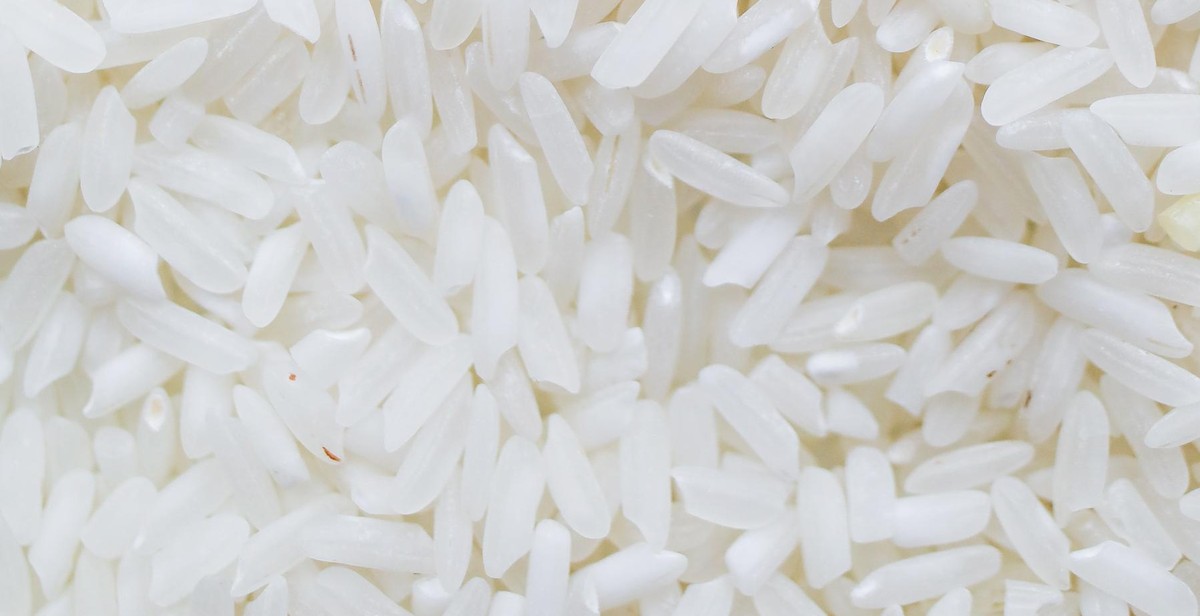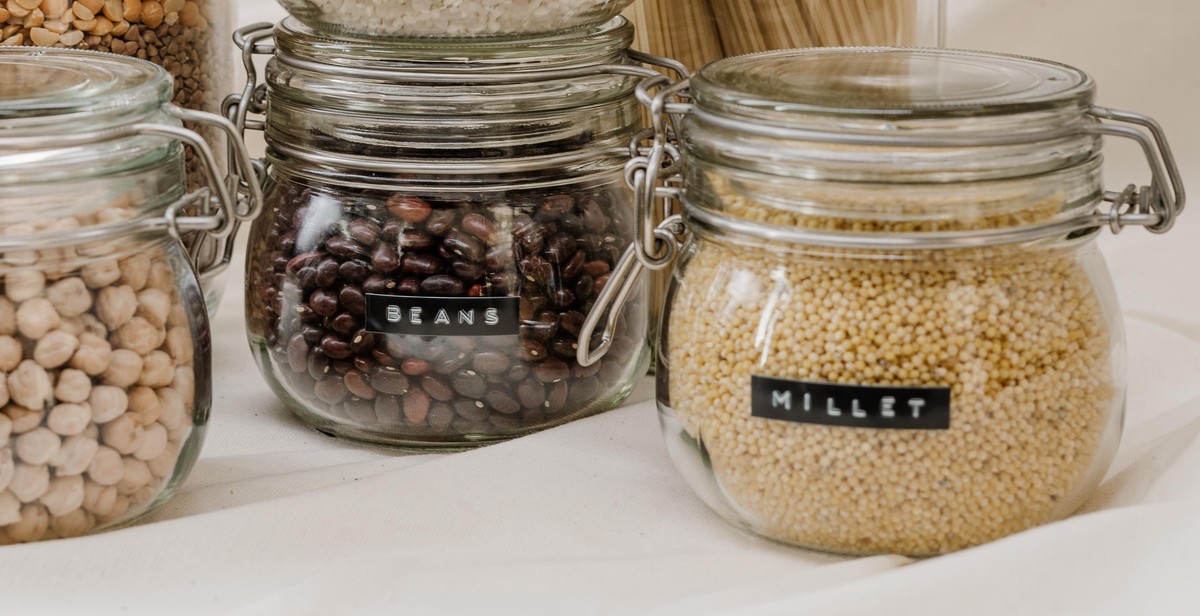Introduction
Basmati rice is a type of long-grain rice that is known for its distinct aroma and fluffy texture. This rice variety is commonly used in Indian, Middle Eastern, and Persian cuisine and is a staple in many households around the world. Cooking basmati rice can be tricky, as it requires the right balance of water, heat, and timing to achieve the perfect texture and flavor.
Why Basmati Rice?
Basmati rice is a popular choice among rice lovers because of its unique fragrance, nutty flavor, and long grain structure. This rice variety is also low in fat and high in carbohydrates, making it a healthy and nutritious option for people looking to add more whole grains to their diet.
Aside from its taste and nutritional value, basmati rice is also versatile and can be used in a variety of dishes, from simple pilafs to more complex biryanis and curries. Whether you are a seasoned cook or a beginner, mastering the art of cooking fluffy basmati rice is a skill that will take your culinary creations to the next level.
In this article, we will guide you through the steps to cook perfect basmati rice every time, from choosing the right type of rice to achieving the ideal texture and flavor. Keep reading to become a basmati rice expert!

Choosing the Right Basmati Rice
When it comes to cooking fluffy and flavorful basmati rice, choosing the right type of rice is crucial. Here are two factors to consider when selecting your basmati rice:
Grain Length and Quality
Basmati rice comes in different grain lengths, such as short, medium, and long. The longer the grain, the better the quality of rice. Long-grain basmati rice is considered the best quality, as it has a distinct aroma and flavor profile. The grains are slender and elongated, and they stay separate and fluffy when cooked.
Medium-grain basmati rice is a good option for those who prefer a slightly softer texture. It is also less expensive than long-grain rice, but it still has a good flavor profile.
Short-grain basmati rice is not commonly used for cooking fluffy rice, as it tends to become sticky and starchy when cooked. It is more suitable for making rice puddings and other desserts.
Aged Rice vs Fresh Rice
Basmati rice is either aged or fresh. Aged rice has been stored for at least a year before being sold, which allows it to develop a distinct aroma and flavor. It also has a firmer texture and is less likely to break or stick together when cooked.
Fresh rice, on the other hand, has not been aged and is sold within a few months of harvesting. It is softer and more delicate than aged rice, but it also has a milder flavor and aroma.
When choosing between aged and fresh basmati rice, consider the type of dish you are making. Aged rice is ideal for biryanis and other rice dishes that require a firmer texture and stronger flavor. Fresh rice is better suited for dishes that require a milder flavor and softer texture.

Preparing the Rice
Before you start cooking your Basmati rice, it’s important to prepare it properly. This will ensure that the rice is fluffy and has the perfect texture and flavor.
Washing the Rice
Washing the rice is the first step in preparing Basmati rice. It’s important to rinse the rice thoroughly to remove any dirt, dust, or debris that may be present. To wash the rice, follow these steps:
- Measure the amount of rice you need and place it in a large bowl or colander.
- Rinse the rice under cold running water, using your hands to rub the grains gently. Repeat this process until the water runs clear.
- Drain the rice well and set it aside.
Soaking the Rice
Soaking the rice before cooking is another important step in preparing Basmati rice. Soaking allows the rice to absorb water and soften, which results in fluffy and tender rice. To soak the rice, follow these steps:
- Place the washed rice in a large bowl and cover it with cold water. The water should be at least one inch above the level of the rice.
- Let the rice soak for at least 30 minutes, but no more than two hours.
- After the rice has soaked, drain it well using a fine-mesh strainer or colander.
By following these simple steps, you’ll be able to prepare your Basmati rice perfectly every time. The next step is to cook the rice, which we’ll cover in the next section.

Cooking the Rice
Now that you’ve learned how to choose the perfect basmati rice and how to prepare it for cooking, it’s time to move on to the actual cooking process. There are two main methods for cooking basmati rice: on the stove and in a rice cooker. Let’s take a look at each method.
Ratio of Rice to Water
Before we dive into the cooking methods, it’s important to know the correct ratio of rice to water. For basmati rice, the ideal ratio is 1:1.5 (one cup of rice to one and a half cups of water). However, this can vary slightly depending on the age and quality of the rice, so be sure to check the package instructions for the recommended ratio.
Cooking on the Stove
To cook basmati rice on the stove, follow these simple steps:
- Measure out the desired amount of rice and rinse it in a fine mesh strainer until the water runs clear.
- In a medium-sized pot, bring the water to a boil.
- Add the rice and stir gently to ensure it doesn’t stick to the bottom of the pot.
- Reduce the heat to low and cover the pot with a tight-fitting lid.
- Simmer for 18-20 minutes, or until the water has been absorbed and the rice is tender.
- Remove from heat and let the rice sit for 5-10 minutes before fluffing with a fork and serving.
Cooking in a Rice Cooker
Cooking basmati rice in a rice cooker is even easier than on the stove. Simply follow these steps:
- Measure out the desired amount of rice and rinse it in a fine mesh strainer until the water runs clear.
- Add the rice and water to the rice cooker in the recommended ratio.
- Turn on the rice cooker and let it do its job!
- Once the rice cooker turns off, let the rice sit for 5-10 minutes before fluffing with a fork and serving.
Whichever method you choose, cooking basmati rice is a simple and rewarding process. With the right technique, you can achieve perfectly fluffy rice every time.

Achieving the Perfect Texture
When it comes to cooking fluffy basmati rice, achieving the perfect texture is crucial. Here are two important steps to follow:
Fluffing the Rice
Once the rice is cooked, it’s important to fluff it properly. Fluffing the rice separates the grains and helps to create a light and fluffy texture. To fluff the rice, use a fork or a rice paddle and gently stir the rice, making sure to break up any clumps. Be gentle to avoid mashing the rice and creating a sticky texture.
Resting the Rice
After the rice is fluffed, it’s important to let it rest for a few minutes. This allows the excess moisture to evaporate and the rice to fully absorb any remaining liquid. Cover the pot with a lid or a clean kitchen towel and let it rest for 5-10 minutes. This step is crucial for achieving a fluffy and perfectly cooked rice.
By following these two steps, you can achieve the perfect texture for your basmati rice. Remember to fluff the rice gently and let it rest before serving.

Adding Flavor to Basmati Rice
Basmati rice is a versatile ingredient that can be paired with a variety of flavors. Here are some ways to add flavor to your basmati rice:
Salt
Salt is a basic ingredient that enhances the flavor of rice. Add salt to your rice while cooking to give it a subtle flavor. Avoid adding too much salt, as it can overpower the other flavors.
Spices
Spices are a great way to add flavor to basmati rice. You can use a variety of spices, such as cumin, coriander, turmeric, and cardamom, to give your rice a unique flavor. Toast the spices in a pan before adding them to the rice to release their aroma and flavor.
Herbs
Herbs like cilantro, parsley, and mint can add a fresh and vibrant flavor to basmati rice. You can add fresh herbs to the rice while cooking or sprinkle them on top of the cooked rice for added freshness.
Combining Flavors
Experiment with different combinations of spices and herbs to create your own unique flavor. For example, you can combine cumin, coriander, and mint to create a Middle Eastern-inspired flavor or use turmeric, ginger, and cilantro for an Indian-inspired flavor.
| Ingredients | Instructions |
|---|---|
| 1 cup basmati rice | 1. Rinse the rice in cold water until the water runs clear. 2. In a pot, add 1 ½ cups of water, the rice, and a pinch of salt. 3. Bring the water to a boil, then reduce the heat to low and cover the pot. 4. Cook for 18-20 minutes or until the water is absorbed and the rice is tender. 5. Fluff the rice with a fork and add your desired spices and herbs. 6. Serve hot and enjoy! |

Conclusion
Mastering the art of cooking fluffy Basmati rice is a skill that can elevate any meal. With the right technique and a few tips and tricks, you can achieve the perfect texture and flavor every time.
Key Takeaways
- Washing the rice thoroughly before cooking is crucial to remove excess starch and prevent clumping.
- Soaking the rice for at least 30 minutes helps to soften the grains and shorten the cooking time.
- Using the correct ratio of water to rice is essential for achieving the perfect texture.
- Adding a few drops of lemon juice or vinegar to the cooking water can help to keep the grains separate.
- Allowing the rice to rest for a few minutes after cooking helps to fluff up the grains and improve the texture.
By following these tips and techniques, you can create fluffy, flavorful Basmati rice that will complement any dish. Whether you’re cooking for a special occasion or a weeknight dinner, mastering the art of cooking Basmati rice is a skill that will serve you well for years to come.
